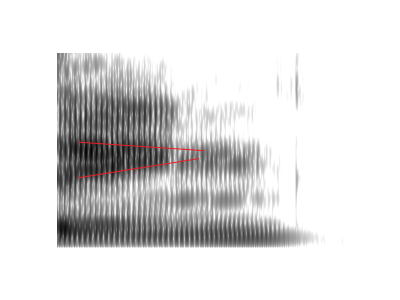Documents
Presentation Slides
The Perception of the English Alveolar-velar Nasal Coda Contrast by Monolingual versus Bilingual Chinese Speakers

- Citation Author(s):
- Submitted by:
- Minghui WU
- Last updated:
- 12 October 2016 - 8:48am
- Document Type:
- Presentation Slides
- Document Year:
- 2016
- Event:
- Paper Code:
- 63
- Categories:
- Log in to post comments
Relatively little research has addressed the role of L1 in the
perception of English speech contrasts by Chinese learners of
English as L3. The present study investigates the role of L1 in
the perception of the English alveolar-velar nasal coda contrast
(/n/ vs. /ŋ/) after the vowels /i ʌ æ/ by bilingual Changsha
Chinese speakers, whose L1 is Changsha Chinese and L2 is
Standard Mandarin. Changsha Chinese only permits an
alveolar nasal coda /n/, while Standard Mandarin permits both
final /n/ and /ŋ/. We examined whether or not monolingual
Standard Mandarin speakers and bilingual Changsha Chinese
speakers perceived the English nasal coda contrast equally
well. To investigate this, 15 bilingual Changsha Chinese
speakers were tested, as well as 15 monolingual Standard
Mandarin speakers as a control group. The Standard Mandarin
speakers outperformed the bilingual Changsha Chinese
speakers, suggesting that the L1 of the Changsha speakers
interfered with their perception of the English nasal coda
contrast. Besides, it was revealed that the preceding vowel
affected the discrimination of the English nasal coda contrast,
and that the perception of target nasal codas (/n/ or /ŋ/) was
influenced by specific vowels.

